This video is no longer available.
A Confederate memorial was removed from Arlington National Cemetery in Northern Virginia on Wednesday, following back-and-forth between Republican congressmen and the Department of Defense.
The memorial, created to represent the American South in 1914, is a bronze statue of a woman wearing a crown of olive leaves and holding a laurel wreath, a plow stock and a pruning hook.
Alongside her are additional figures, including a Black woman depicted as “Mammy” holding the child of a white officer, and an enslaved man following his owner to war. Its pedestal bears the Biblical inscription: “They have beat their swords into plough-shares and their spears into pruning hooks.”
In 2022, an independent commission recommended to Congress that the memorial be taken down, as part of a Defense Department push to remove names and symbols that commemorate the Confederacy from military-related facilities.
More than 40 Republican congressmen and Virginia Gov. Glenn Youngkin opposed the memorial’s removal and pushed to stop it. On Monday, U.S. District Judge Rossie Alston issued a temporary injunction blocking its removal following a phone call from the memorial’s supporters saying the grave sites around the memorial were being desecrated as contractors prepared to remove it.
However, after the judge toured the site Tuesday and saw the site — including the landscape, graves and headstones — was being protected and treated respectfully, he lifted the injunction.
The memorial is being relocated to the New Market Battlefield State Historical Park in the Shenandoah Valley.
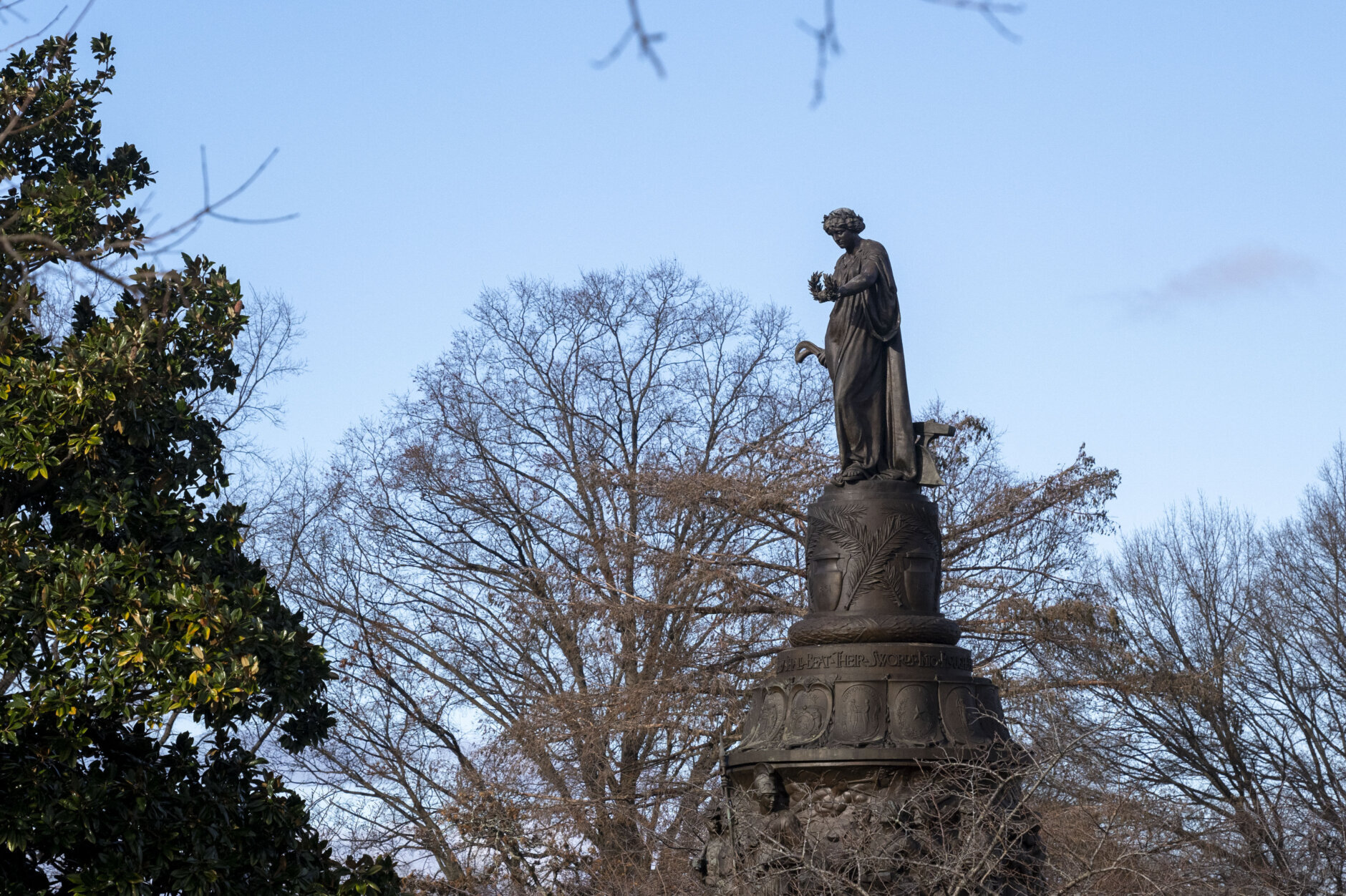
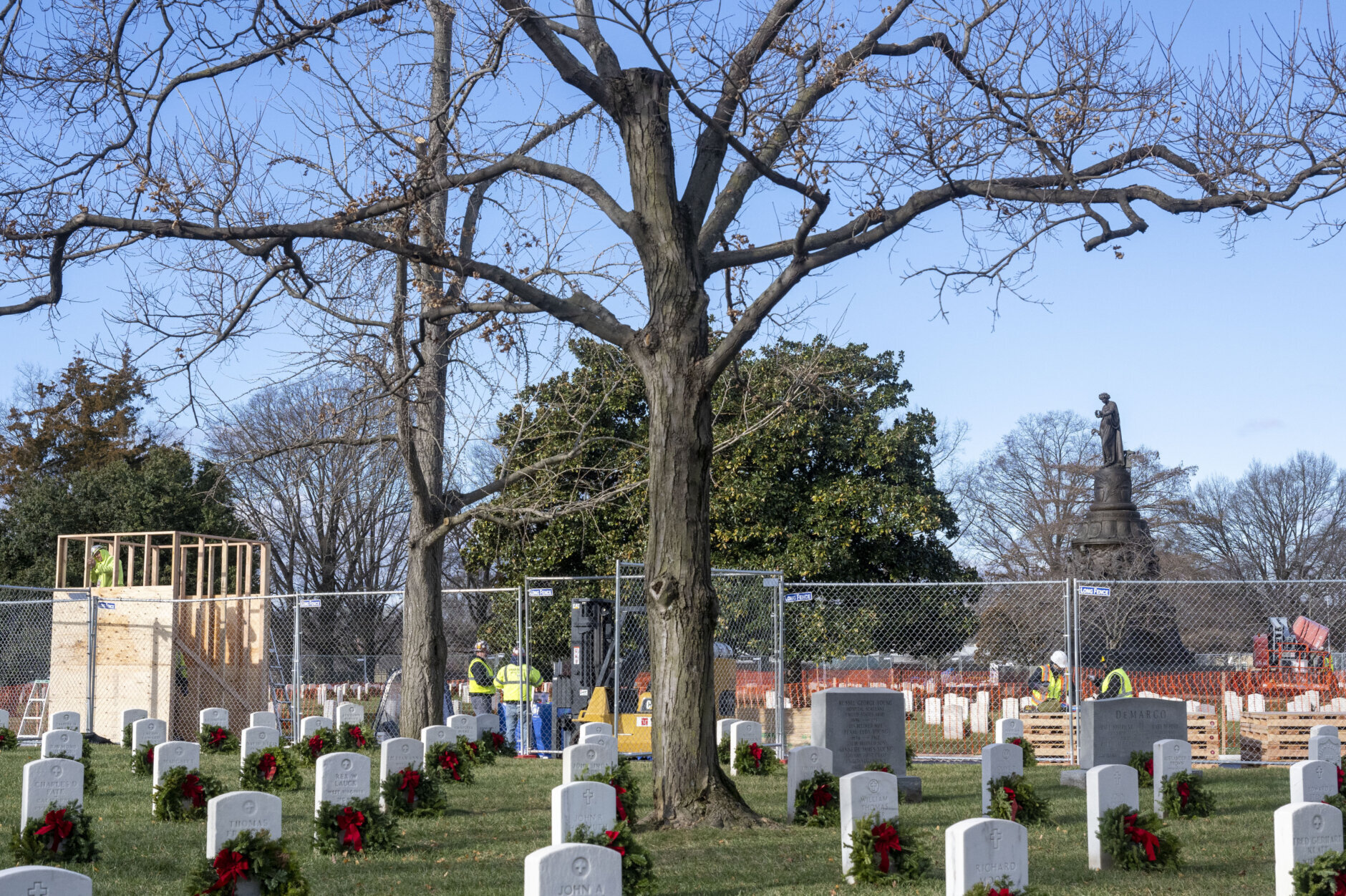
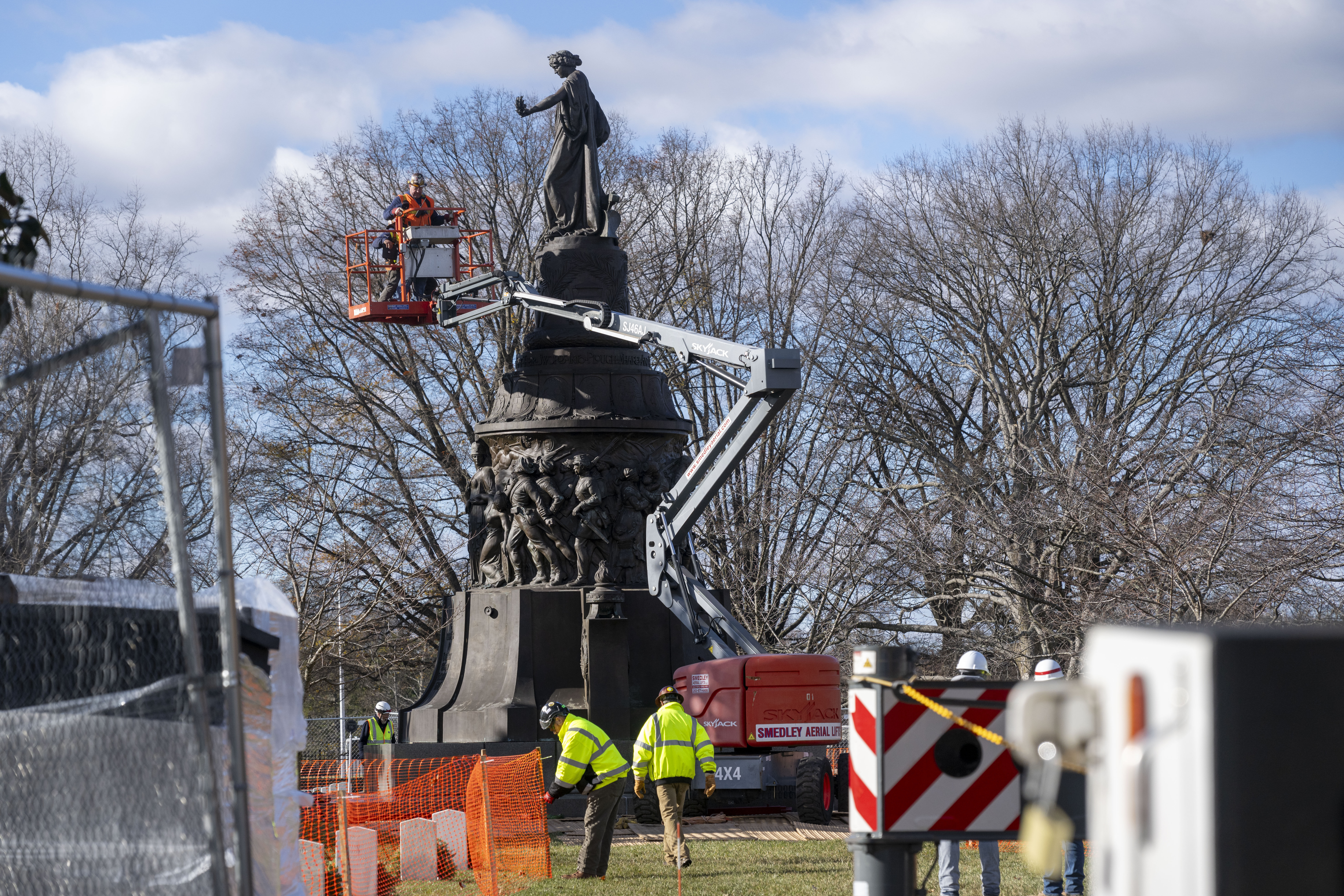
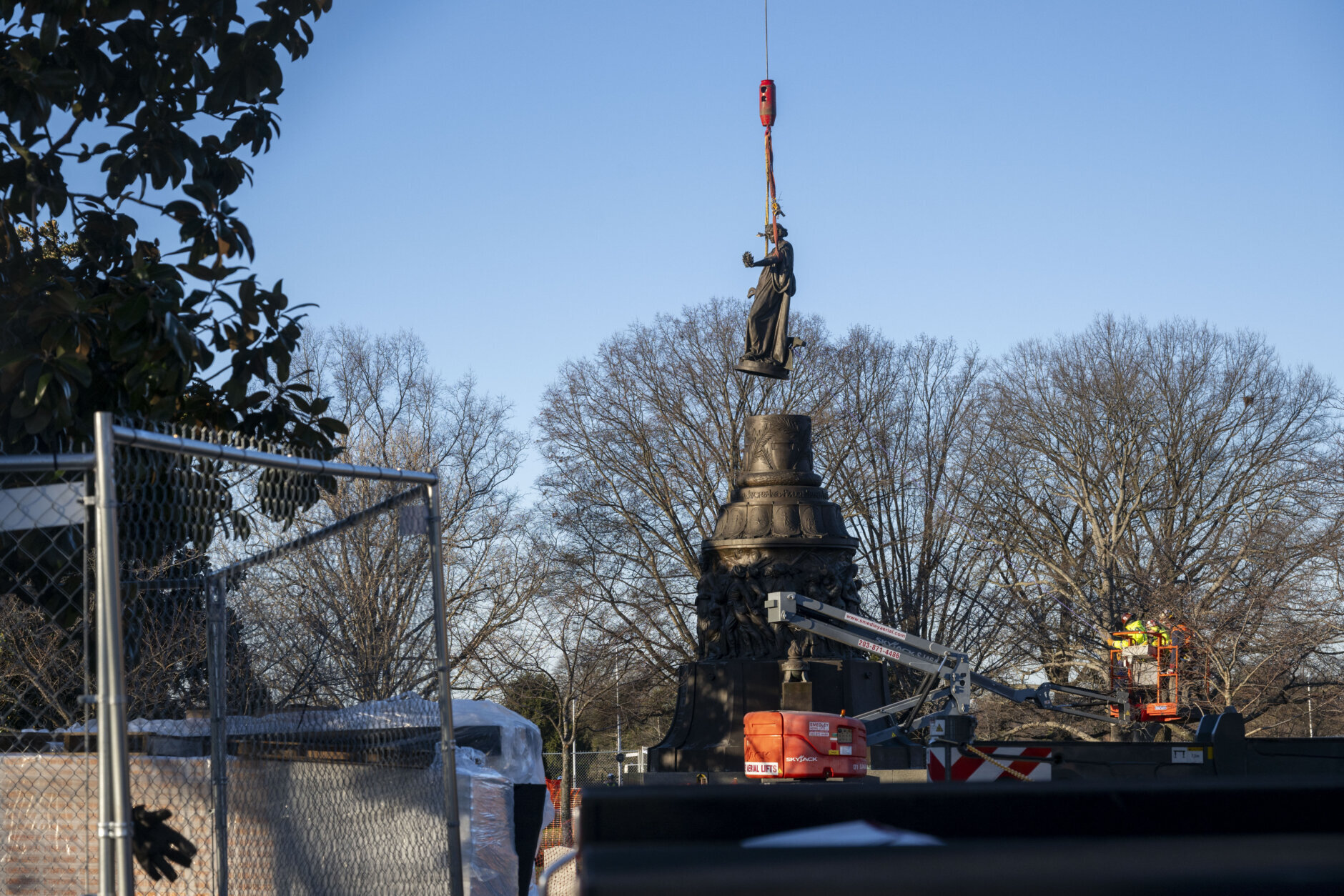
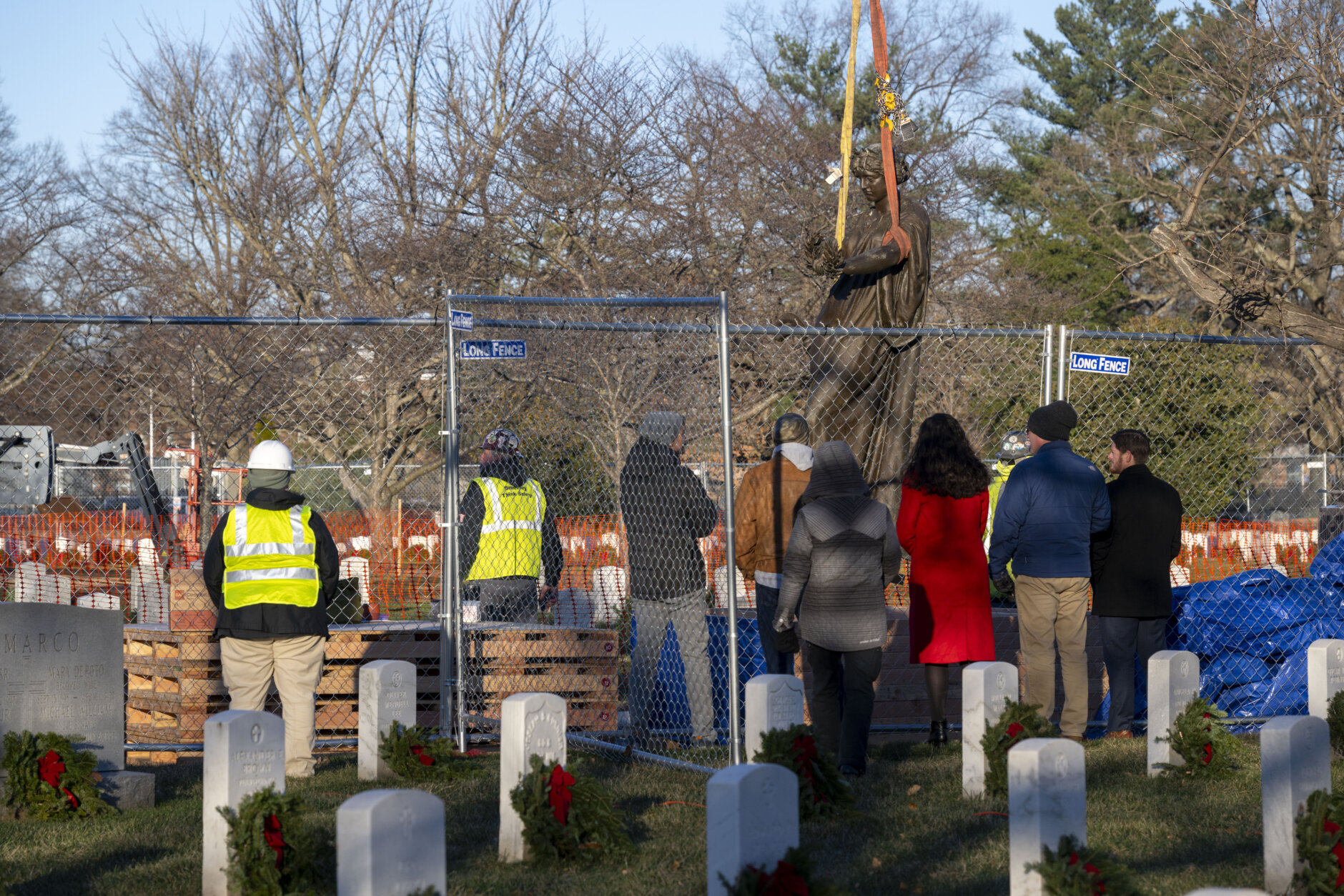
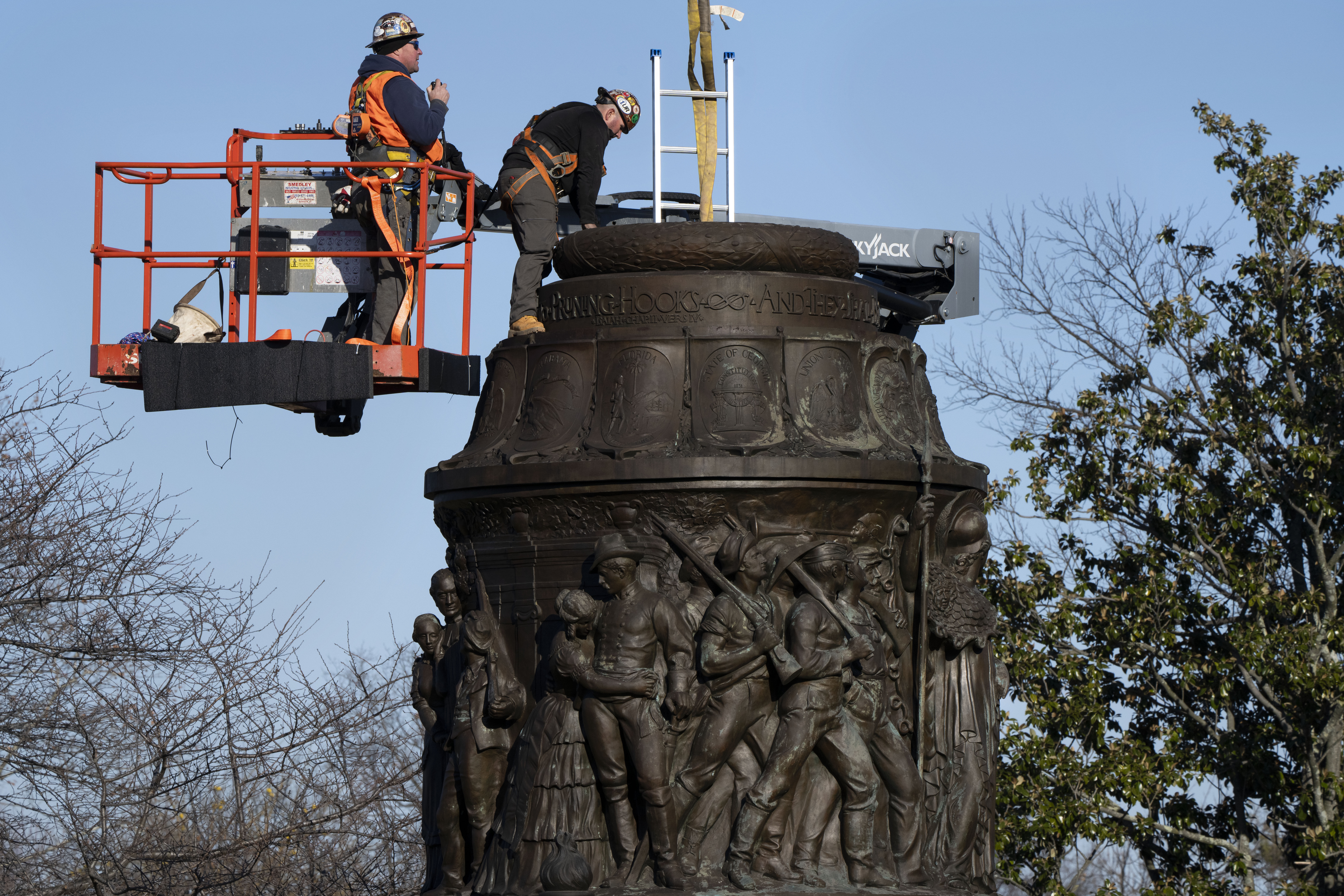
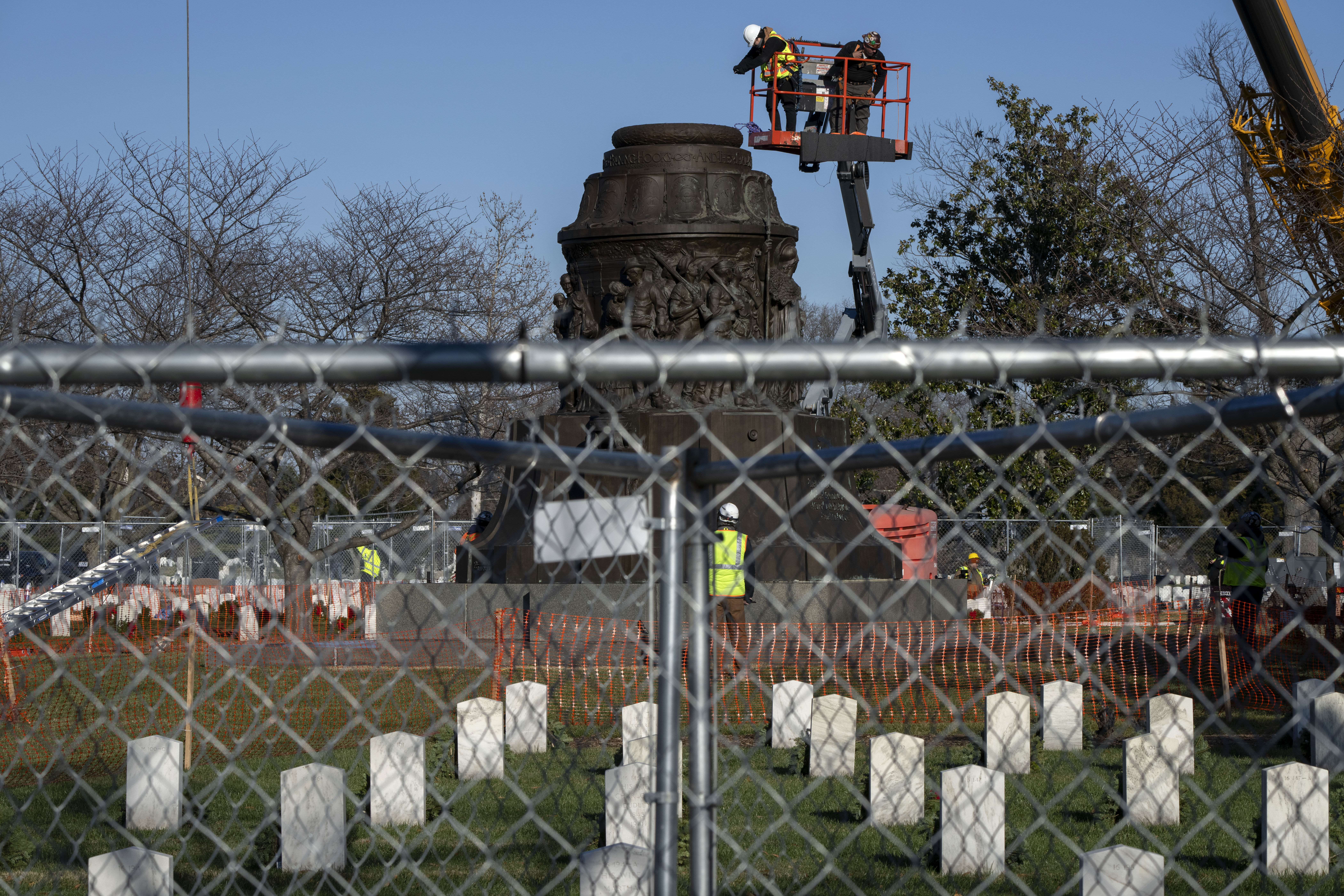
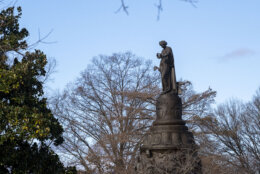

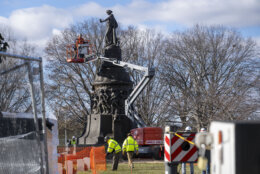
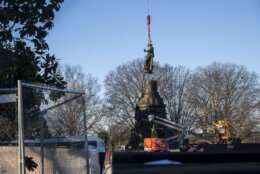



The Associated Press contributed to this report.








